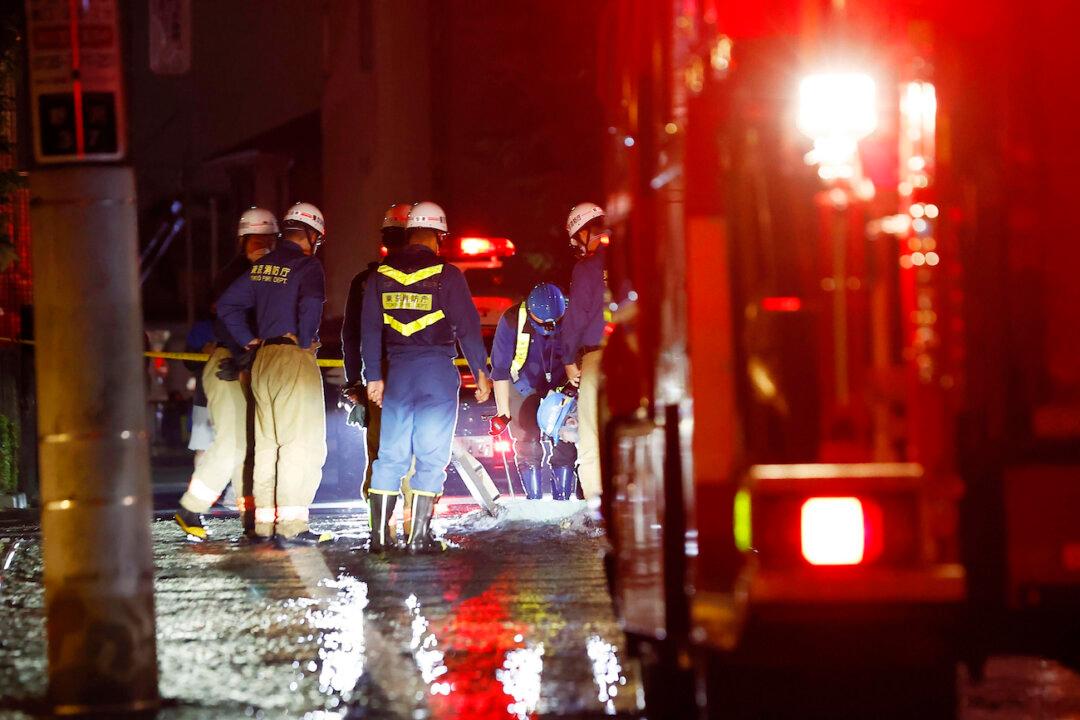Dozens of people have been left injured after a powerful magnitude 5.9 earthquake struck Tokyo on Thursday evening.
The earthquake—the largest Japan has seen since 2011—occurred at 10:41 p.m. local time and damaged underground water pipes, derailed passenger trains, and caused fires in at least one home, according to The Japan Times.





